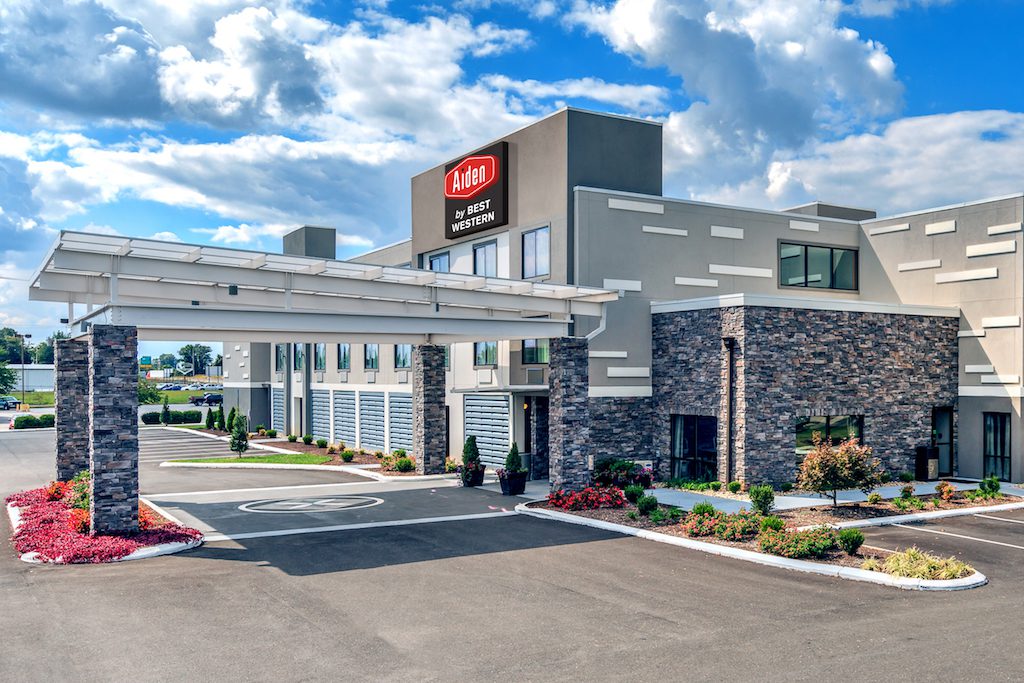Best Western Doubles Down on Boutique Hotels

Skift Take
One could find Best Western's boutique hotel strategy confusing on price comparisons, but it’s the customer’s choice if they want to pay for the experience.
Best Western is a big believer in boutique hotels. The chain is requiring franchisees that want to do renovations to reopen as Sadie or Aiden properties, boutique brands that launched last year.
The allure of boutique offerings is two fold, according to CEO David Kong: They appeal to larger groups of people, thereby increasing nightly occupancy. Boutiques also have no pricing benchmark in the hotel industry, meaning owners can charge what they like.
“Customers like to gauge whether a rate is fair rate or not. So there's always a rate ceiling for brands,” he said. “But if you have a boutique brand, then people don't know how to think about it.
